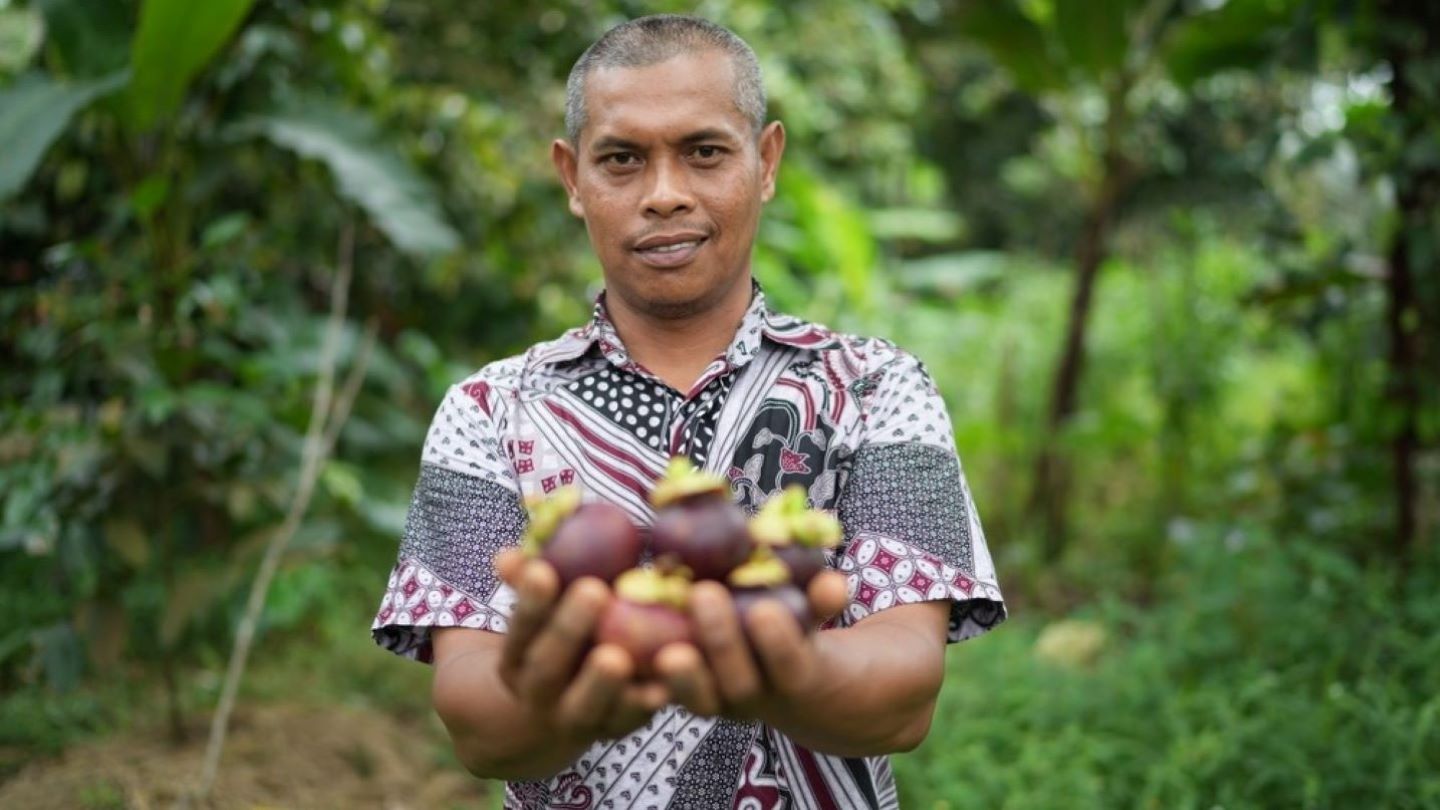Bringing global finance to rural development
IFAD Asset Request Portlet
Asset Publisher
Bringing global finance to rural development
Estimated reading time: 3 minutes
In 2015, the world’s nations vowed to eradicate poverty and hunger by 2030 and create a future of opportunity for all people – the Sustainable Development Goals (SDGs).
But today, the world's poorest rural people face a reality in which climate change is exacerbating their vulnerabilities, disrupting agricultural patterns and making it harder to earn. Global insecurity and rising prices are making nutritious food unattainable for many.
Globally, the funds available to meet these growing challenges are not enough as governments scramble to respond to multiple overlapping crises.
Today, developing countries face a staggering US$4 trillion gap in sustainable development investment. And rural people will suffer the most because of it.
In 2020, IFAD-financed research showed that small-scale farmers in developing countries only received 1.7 per cent of available climate finance, despite being at the frontlines of climate change.
Governments and official development assistance can’t make up the shortfall. But IFAD is devising new ways of accessing finance that works for rural people and helps achieve sustainable development.
Breaking ground for socially responsible investing
In 2021, IFAD became the first United Nations fund – and the only UN body or specialized agency other than the World Bank – to enter the capital markets and issue sustainable development bonds.
In 2022 and 2023, IFAD mobilized the equivalent of $344 million through four sustainable private placements issued to finance projects in Member States:
-
US$100 million bond bought by Folksam, an insurance and pension fund in Sweden.
-
US$50 million bond bought by Dai-ichi Frontier Life, a life insurance provider in Japan.
-
€65 million private placement bought by Hamburger Pensionskasse and three other pension funds in Germany.
-
€115 million private placement bought by Amundi Asset Management, the largest asset manager in Europe.
These funds will reap even more resources: for every dollar financed, IFAD mobilizes US$1.40 from other sources, including from the governments of the countries where we work and from other development partners.
And this is only the beginning. In November 2023, IFAD opened on the London Stock Exchange, reinforcing our reputation as an issuer of sustainable bonds as we continue to work for those who need it the most: rural communities all over the world.
How can IFAD’s sustainable bonds help achieve the SDGs?
IFAD’s sustainable bonds offer private investors a way to fund our development projects. Through its interventions, IFAD supports 16 out of the 17 SDGs.
Investors in these bonds know that their money is not only going to eradicate hunger and poverty in rural areas, but they are also assured that they’re investing in a fund with an AA+ credit rating from the two major global rating agencies thanks to IFAD’s strong capital structure.
Where do these investments go?
IFAD is committed to publishing a yearly impact report that demonstrates how the proceeds from its bond issuances have been invested in rural people.
For example, the two sustainable bonds issued in 2022 will support projects that are planned to reach 1.9 million people. These are just some of the positive impacts they are expected to have on rural people:
-
124,000 people will be provided with climate information services.
-
More than 33,000 households will adopt environmentally sustainable and climate-resilient technologies and practices.
-
66,297 households will be provided with targeted support to improve their nutrition.
-
19,500 hectares of farmland will have water-related infrastructure constructed or rehabilitated.
-
Just over 105,000 hectares of land will be brought under climate-resilient practices.*
The path towards achieving the SDGs has never seemed more precarious. But by using responsible private investment, IFAD is securing prosperity and sustainable development that works for everyone.
Publication date: 21 November 2023